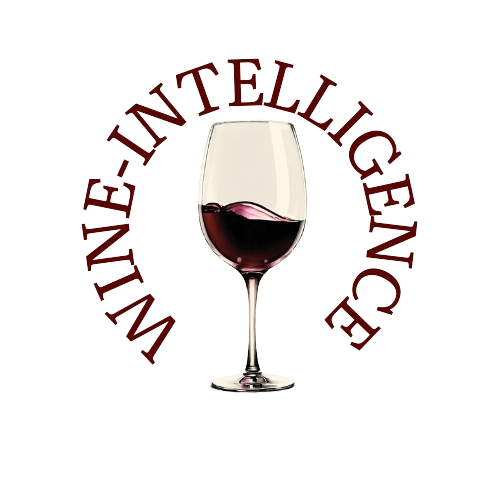The direct-to-consumer (DTC) wine market—once a cornerstone of profitability through wine clubs—is being reshaped by rising labor costs, changing consumer expectations, and an urgent need for scalable personalization.
In response, wineries are turning to AI-driven tools, automated messaging, and intelligent platforms to retain members, maintain engagement, and improve profitability.
This evolution was the focus of the Third Annual Wine Club Symposium, held online on July 16–17, 2025, where more than 500 wine professionals gathered to discuss digital innovation in club management.
Opening the second day, Brian Baker, founder of Cultivar Marketing, and Jason Curtis, CEO of Vinsuite, addressed the impact of artificial intelligence on wine club operations. Baker emphasized that AI tools are not just reducing overhead but are actively improving club profitability by automating personalization and streamlining communication.
Personalization at Scale
With millennials and Gen Z increasingly dominating the wine consumer landscape, expectations are shifting toward experiential and emotionally resonant connections. This includes a desire for sustainability, storytelling, and authentic engagement.
To meet these needs, wineries are leveraging intelligent SMS platforms, AI-powered chatbots, and data analytics to create touchpoints that feel personal without increasing staffing costs.
Jessica Fillion, Director of Sales & Marketing at Repris Winery, shared how they use the RedChirp platform to send targeted SMS messages—ranging from order customization prompts and shipping updates to reservation reminders and exclusive birthday or anniversary offers. The strategy has also been adopted by Pangloss Cellars and Texture Wines, sister brands of Repris.
“These tools help us stay close to our members in a way that feels natural and convenient,” Fillion explained. “We’ve seen increased purchases outside of regular shipments thanks to these communications.”
Jennie Gilbert, RedChirp’s founder, stressed the difficulty of getting members to engage with traditional email campaigns. “You need personalization,” she said, “or your message gets ignored.” She outlined 16 touchpoints where SMS has proven effective, from welcoming new members to reminding customers about roadshows or reorders.
Predictive Technology Enhances Timing and Results
RedChirp has recently integrated AI features that help winery sales staff determine the optimal moment to reach out. By analyzing data such as previous purchase behavior, response times, and seasonal patterns, the system predicts when a customer is most likely to buy—allowing small teams to work smarter, not harder.
In the symposium’s final panel, Daniel Chapin (BottleShots.ai), Robert Noakes (WineSpeak.ai), and Ron Scott (Enolytics) emphasized how AI applications can empower small, family-run wineries that typically lack the human resources of larger producers. These tools are helping reduce admin time while preserving authentic, personal relationships with customers.
Levelling the Playing Field
As Chapin noted, “Wineries that adopt these technologies will level the playing field. Those who don’t will fall behind.” Scott urged winery owners and staff to familiarize themselves with the growing ecosystem of tools, while the symposium highlighted several key platforms:
- Gemini Pro – virtual assistant
- NotebookLM – AI for organizing knowledge
- Perplexity – real-time search engine
- ChatGPT / Claude – content generation
- Sora / Runway ML – video and multimedia content
- Canva – graphic and marketing design
Together, these innovations are reshaping how wineries connect, sell, and grow—not with more manpower, but with more intelligent systems that scale personalization while reducing operational pressure.
Source: Vinetur

